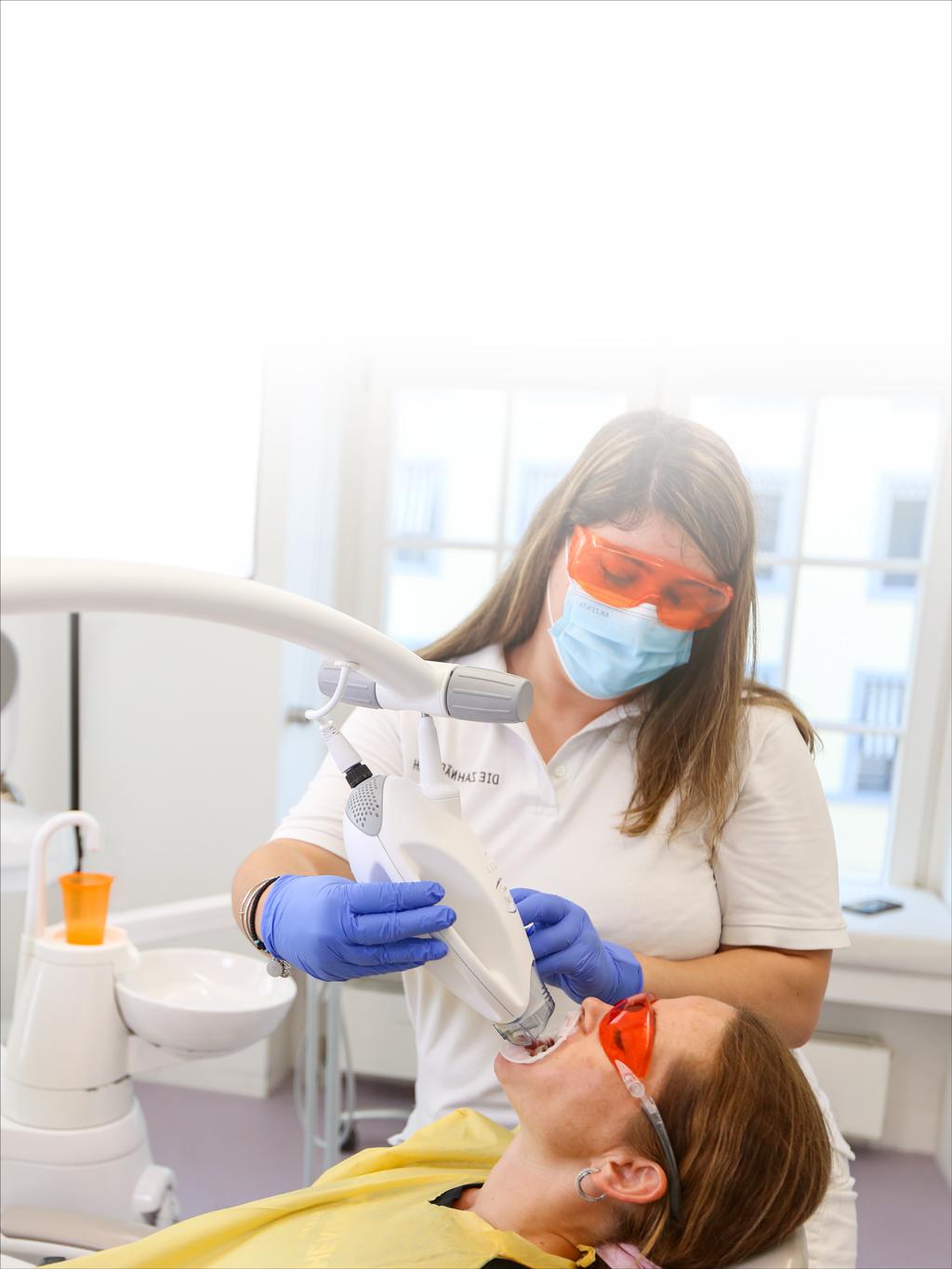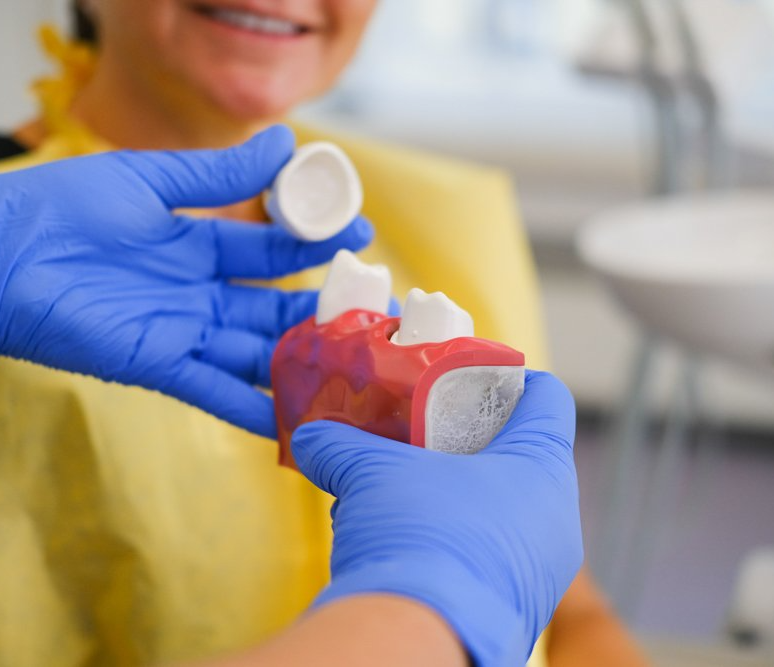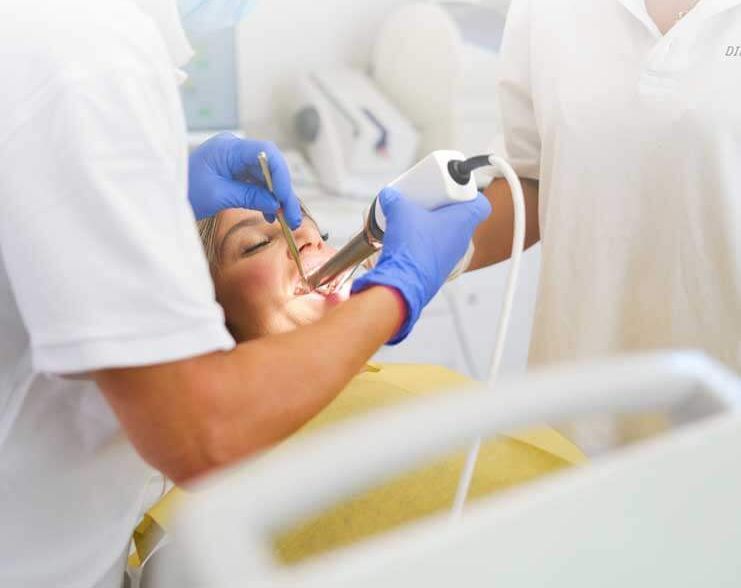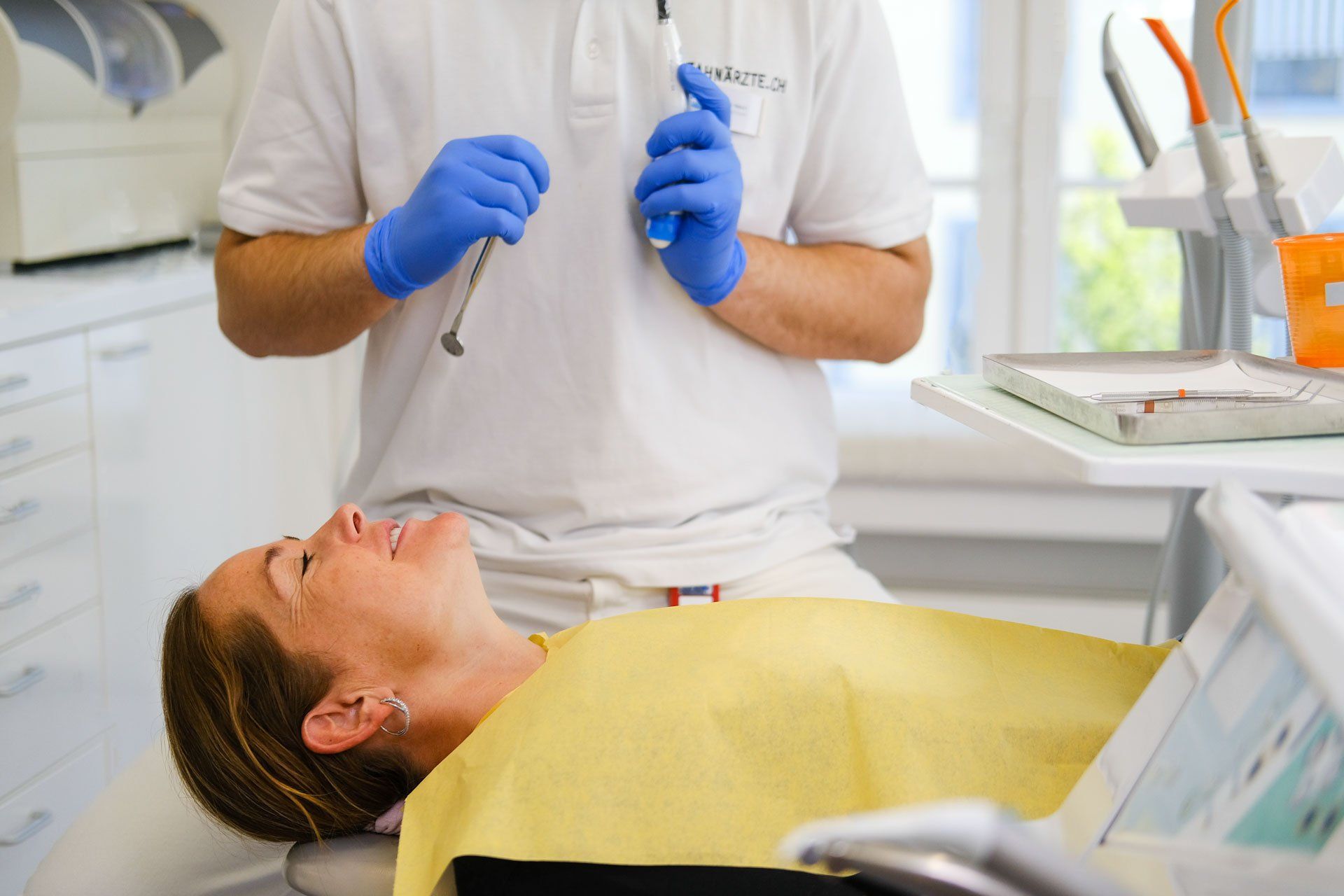Milk Teeth Cavities: Causes, Symptoms & Prevention
Baby teeth are more than just a temporary phase—they lay the foundation for healthy jaw development and permanent teeth. Yet, cavities in baby teeth are an often underestimated issue.
Many parents assume that cavities in early mixed dentition have no major consequences since baby teeth will eventually fall out. However, this is a widespread misconception. Damage to the first teeth can have long-term effects on the entire dentition.
Pain, gum inflammation, and even developmental disorders in the upper and lower jaw can result from untreated cavities. This makes proper dental care from an early age, early risk detection, and regular dental visits all the more important.
The Three Phases of Tooth Transition and Jaw Development
The transition from primary teeth to permanent teeth occurs gradually in multiple phases. During this period, not only the arrangement of the teeth but also the entire jaw undergoes changes.
First Phase
In both the lower and upper jaw, the front incisors typically emerge first, often creating the characteristic childhood smile with gaps before the permanent teeth appear.
At the same time, the first large molars, known as six-year molars, break through. These do not replace primary teeth but instead expand the dental arch by integrating at the back.
This breakthrough is usually painless and often goes unnoticed, yet these molars are crucial for stabilizing the bite and the overall dental structure.
Second Phase
In the next stage, the permanent canines and premolars emerge. The corresponding primary teeth typically begin to loosen around the age of nine, though this varies individually.
Simultaneously, the second large molars, known as twelve-year molars, break through. At this point, the dentition consists of 28 permanent teeth.
Third Phase
The final stage of tooth transition can take years. Wisdom teeth, also called third molars, usually emerge no earlier than age 18.
For some, they appear much later or not at all. In many cases, the jaw does not have enough space, requiring their removal.
Wisdom teeth can lead to misalignments by crowding existing teeth. Regular dental check-ups are essential to determine if extraction is necessary.
Causes of baby tooth decay
Baby teeth are particularly susceptible to tooth decay. Cavity-causing bacteria can spread more quickly and penetrate deeper into the teeth because the enamel of primary teeth is softer than that of permanent teeth. But what are the causes that contribute to baby tooth decay?
The three phases of tooth eruption and jaw development
The transition from the primary dentition to the permanent dentition occurs gradually in several phases. Not only the arrangement of the teeth, but the entire jaw also changes during this time.
Unhealthy diet
A high intake of sugary drinks and foods poses a significant problem for the development of cavities. Sweetened teas, fruit juices that stay in the mouth for extended periods, are particularly dangerous. Sugary foods produce acids that attack tooth enamel and cause cavities to form.
Lack of dental care
For good health of baby teeth, regular brushing is essential. However, many children do not brush regularly or thoroughly enough. The lack of fluoride toothpaste can also contribute to insufficient protection of the teeth. Parents should instill consistent dental care from the very beginning.
Missed dental visits
Regular dental visits are important to detect and treat cavities in their early stages. Although check-ups are recommended starting from the first baby tooth, many parents often delay the first dental visit.
Is tooth decay contagious?
Basically, that's correct, because infants are born without the cavity-causing bacteria. Through saliva contact—such as sharing cutlery or a pacifier being licked—cavity-causing bacteria can be transmitted.
However, this is no reason to panic! According to current scientific understanding, the risk that your child will develop cavities as a result is rather low.
Rather, nutrition, dental care, and the overall health of the teeth are crucial factors in the development of cavities. Over the course of life, it is inevitable to become infected with cavity-causing bacteria anyway.
Symptoms and consequences of cavities in children
Cavities in baby teeth often develop gradually and remain unnoticed in the early stages. Because the enamel of baby teeth is thinner, cavities can spread more quickly. Ignoring the first signs can have far-reaching effects on the teeth and the overall development of the jaw.
Symptoms
Depending on the severity of cavities in children, the following symptoms can be recognized in the baby teeth:
- White spots on the teeth: These are considered a warning sign, as they indicate the beginning of enamel degradation.
- Discoloration: The cavity process is more advanced when yellowish or brownish discolorations appear on the baby teeth.
- Sensitivity when eating and drinking: Pain occurs with cold, hot, or sugary foods, as the damaged enamel no longer adequately protects the tooth.
- Holes in the tooth: Visible defects or rough spots on the baby tooth are a clear sign of advanced cavities.
Consequences
If left untreated, cavities can have the following consequences:
- Tooth pain becomes more intense and occurs even without an external stimulus.
- A
gum infection with swelling and redness may develop. At this point, treatment in a dental practice becomes necessary.
- Abscesses or pus-filled infections may form at the root of the affected tooth, which will definitely require dental treatment or even the removal of the affected baby tooth.
- Early tooth loss can even lead to
misalignments in the permanent teeth, as baby teeth serve an important role in holding space for the permanent teeth. This can affect the overall development of the jaw and may later require orthodontic treatment.
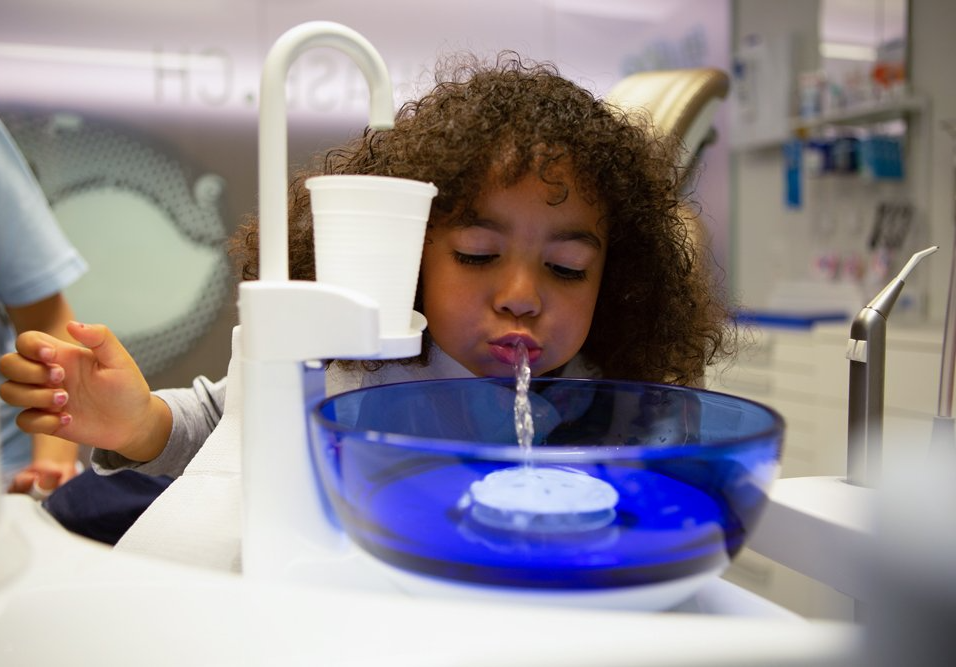
Prevention of cavities in childhood
The best protection against cavities in practice is proper dental care. Parents should take steps to promote their child's dental health, as baby teeth are particularly sensitive. Not only good oral hygiene but also nutrition plays a crucial role in this.
Establishing early dental care
Brushing children's teeth should begin as soon as the first baby tooth erupts. An ideal choice is a soft baby toothbrush with a small amount of toothpaste. From the age of two, children should start learning to brush their teeth on their own. This should initially be done with the help of parents until they are able to master the correct technique.
Toothpaste and toothbrush
Special children's toothpaste with an age-appropriate fluoride content is best suited for children. To avoid injuring the sensitive gums, soft toothbrushes with small heads are ideal. Electric toothbrushes should only be used from the age of 3. These brushes should be avoided for very young children, as the risk of injury is too high.
Reduce sugar
Sugary drinks like lemonade should be avoided. This also applies to baby bottles with sweetened teas. The reason for this is that the sugar continuously washes over the teeth in this way. Dentists advise against this for this very reason.
Don't forget dental visits
The first dental visit should take place by the child's first birthday. This helps the child get used to the dentist early on, and any changes can be detected in time.
Biannual check-ups help identify cavities early and take appropriate action. The occurrence of cavities can be further reduced through fluoride treatments or sealants for the fissures.
Role model of parents
Children imitate the behavior of their parents, so they should lead by example and pay close attention to their own oral hygiene. Brushing teeth together can help develop a routine and motivate the child. Playful approaches, such as brushing songs or hourglasses in childhood, can make tooth brushing more enjoyable.






